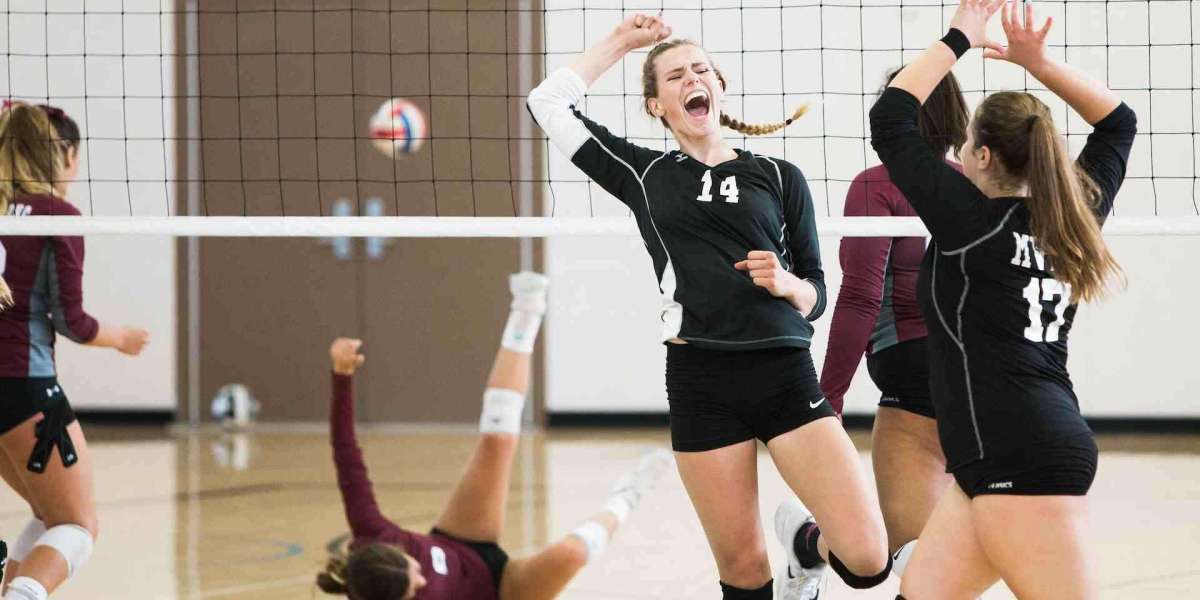The 4-2 volleyball rotation is a fundamental structure that teams utilize to coordinate player movements and optimize offensive and defensive strategies on the court. In this comprehensive guide, we delve into the intricacies of the 4-2 formation, uncovering its principles and offering insights into how teams can leverage it to gain a competitive edge.
Understanding the 4-2 Formation:
The 4-2 volleyball rotation is a strategic framework that organizes players on the court into a formation consisting of four hitters and two setters. This configuration offers a balance between offensive firepower and defensive stability, allowing teams to adapt to various game situations with flexibility and efficiency.
At its core, the 4-2 formation provides teams with multiple options for setting up offensive plays while maintaining a solid defensive presence. The four hitters, typically positioned in the front row, are responsible for attacking the ball and scoring points for their team. These hitters may include outside hitters, opposite hitters, and middle blockers, each bringing their own strengths and specialties to the court.
Meanwhile, the two setters play a crucial role in orchestrating the team's offense by setting the ball to the hitters and dictating the tempo of the game. One setter is typically designated as the primary setter, responsible for most of the setting duties, while the other setter may act as a secondary setter or provide additional offensive options as a hitter.
Player Positioning and Responsibilities:
The success of the 4-2 rotation hinges on precise player positioning and clear delineation of roles. The setters play a pivotal role in orchestrating the offense, distributing sets to the hitters while also being prepared to defend. Meanwhile, the hitters must be ready to capitalize on scoring opportunities and provide support in defense when necessary.
Setter Responsibilities in the 4-2 Rotation:
Setters in the 4-2 formation shoulder significant responsibilities, requiring exceptional decision-making skills and court awareness. They must effectively communicate with their teammates, read the opposing defense, and deliver accurate sets that exploit weaknesses and create scoring opportunities. Additionally, setters must be proficient in defensive techniques to contribute to their team's success.
Strategies for Offensive Prowess:
One of the primary advantages of the 4-2 rotation is its ability to generate diverse and dynamic offensive plays. Teams can employ a variety of strategies, such as quick sets, back-row attacks, and combination plays, to keep opponents guessing and maintain offensive pressure. Effective communication and timing are crucial for executing these strategies successfully.
Maintaining Defensive Stability:
While the 4-2 rotation offers offensive versatility, it also requires a solid defensive foundation to withstand opposing attacks. Players must communicate effectively to cover the court, anticipate opponents' movements, and execute defensive plays with precision. Flexibility and adaptability are key as teams adjust their defensive formations based on the flow of the game.
Transitioning Seamlessly Between Phases:
Smooth transitions between offense and defense are essential for maintaining momentum and capitalizing on scoring opportunities. In the 4-2 rotation, players must be adept at transitioning between their roles, seamlessly moving from attacking to defending and vice versa. Effective communication and awareness of the game situation are paramount in facilitating these transitions.
Training and Drills for Success:
Mastering the 4-2 volleyball rotation requires dedicated practice and strategic training drills. Teams should focus on developing individual skills such as setting, hitting, and defensive techniques, as well as honing their ability to work cohesively as a unit. Repetition and simulation of game scenarios are invaluable in preparing players for real match situations.
Conclusion:
The 6-2 volleyball rotation offers teams a versatile and dynamic framework for orchestrating their offense and defense. By understanding the principles of player positioning, setter responsibilities, and strategic maneuvers, teams can unlock their full potential on the court and elevate their performance to new heights. With dedication, practice, and strategic execution, mastering the 4-2 rotation can lead to success and victory on the volleyball court.








